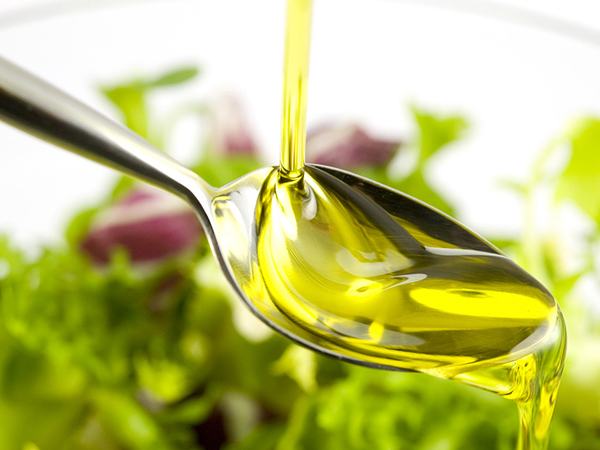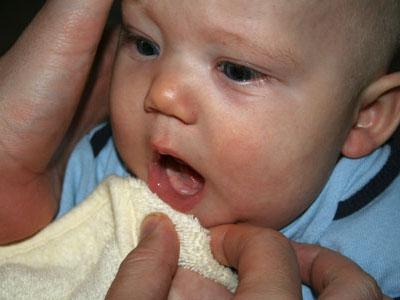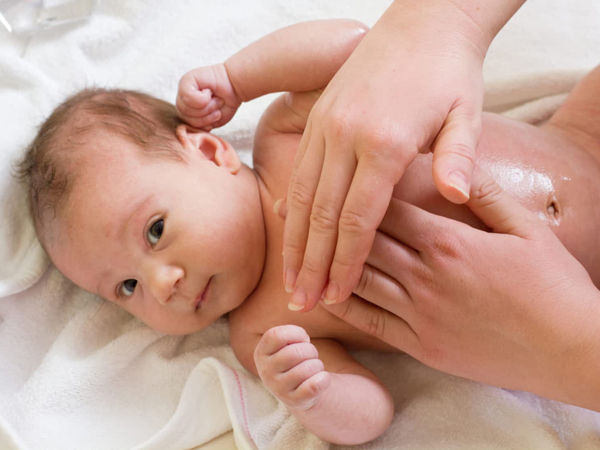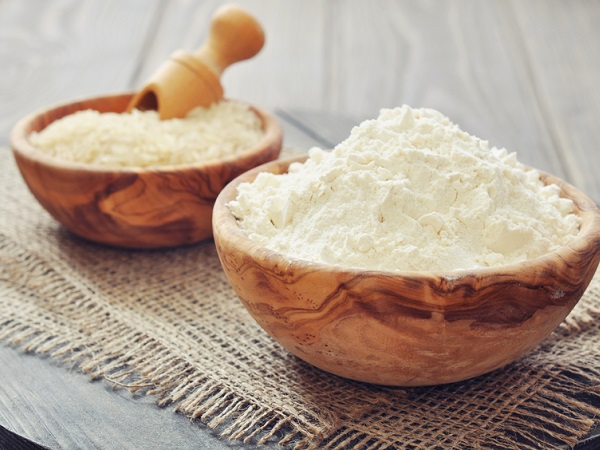Low milk, not enough milk to breastfeed is a common concern of most people who breastfeed. In particular, mothers with "modest" breasts are more worried than ever. However, is breast size really the cause of less milk?
Contrary to the worry of mothers, according to experts, mothers less milk or more milk does not depend on the size of the ring 1. Plump or modest breasts depend a lot on the fat tissue inside. However, this amount of adipose tissue is not related to its ability to make milk. So even with modest breasts, you can still make enough milk to breastfeed.

There are many causes of low milk, but breast size is not one of them
In fact, all breastfeeding mothers can produce an equal amount of milk within 24 hours, regardless of breast size. When you breastfeed, your breasts continuously make milk and accumulate mid-breast milk after each feed, because babies normally suckle only about 75-80% of the breast milk. Compared with small breasts, big-breasted mothers will have more "capacity" and can store more between feeds.
For example, if a big breast holds 180ml and the baby sucks 120ml on each side, a total of 240ml. This means that each breast will have 60ml left, a total of 120ml for the next feeding, not to mention the amount of milk produced when the baby sucks. With small breasts, the capacity can be about 120ml on each side. Each feed, the baby can consume about 90ml per side, a total of 180ml. Thus, each breast will remain 30ml, a total of 60ml for the next feeding, not to mention the amount of milk generated when the baby sucks.
Due to the lower intake of baby milk, small-breasted mothers may need to breastfeed more times. However, this may not be true for everyone, as each mother and child pair is unique. Therefore, instead of feeding the baby at a fixed time, the mother should give her "tuti" according to her needs.
The causes of low milk are common
Not the bust size, the following common mistakes are the main "culprits" of low-milk mother.
1. Do not feed your baby often or get enough milk
The body produces milk based on the structure of supply and demand: the more babies suckle, the more breast milk. If the mother gives the baby more formula or feeds the baby early to make the baby suckle less, the breastmilk will also decrease gradually, until completely lost.
The mother should also note that feeding the baby enough time, at least 5-10 minutes for each feed. If the baby sleeps while breastfeeding, the mother can pat her cheek to wake him up.
2. The way to breastfeed is not correct
The baby is not feeding properly, the mouth can not close all the areola will not stimulate the milk reflex. Babies do not get enough milk they need, they will fussy and cry, making mothers worried that they do not have enough milk.

How to breastfeed: It's that instinct but also learn! Everyone has thought for a long time how to breastfeed is very simple. In fact, every mother will instinctively know how to breastfeed her newborn. However, the problem of how to know the right position to breastfeed, how to breastfeed is not choking ... then the mother needs to learn more carefully.
3. Mother less milk due to mood
You may not know it, but your mood also has a big influence on lactation. Mothers are in an anxious mood, their lactation reflexes may be working poorly or even inactive. Milk can store a lot in the breasts, but it cannot flow.
4. Poor postpartum nutrition
Compared to mothers who eat well, abstinence mothers usually have less milk. After birth, the body needs adequate nutritional supplements to quickly recover, while also accumulating nutrients to create milk for the baby. Try to eat foods high in protein, carbohydrates, fruits and vegetables.

Nutrition for postpartum women After birth is the time for mothers to accumulate nutrients to create milk for breastfeeding. Therefore, at this time, postpartum women need to have a nutritious diet to provide the best nutrition for their babies through breast milk.
5. Do not clean breasts
Before and after breastfeeding, you should use a warm washcloth to clean your breasts and gently rub the nipples to stimulate lactation. If the breasts are erect, tight, you can use a warm towel to gently massage your breasts from top to bottom to clear the milk gland.
6. Lack of mammary gland dysplasia
A few mothers have a lack of breast tissue, also known as a lack of mammary gland, underdeveloped or unremarkable breasts. The mother can only produce a little milk, not enough to meet the baby's needs. Even so, experts still encourage you to breastfeed , because while it is small, breastmilk will bring many benefits to your baby. What's more, the particular intimacy you feel while breastfeeding does not depend on how many times your baby breastfeeds or how much milk you can make.














